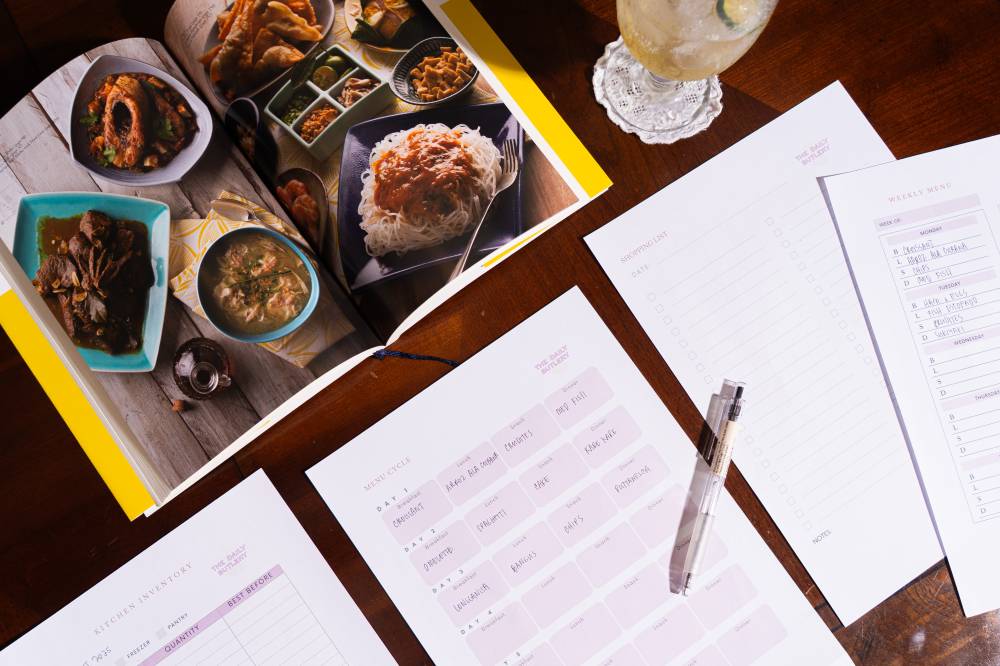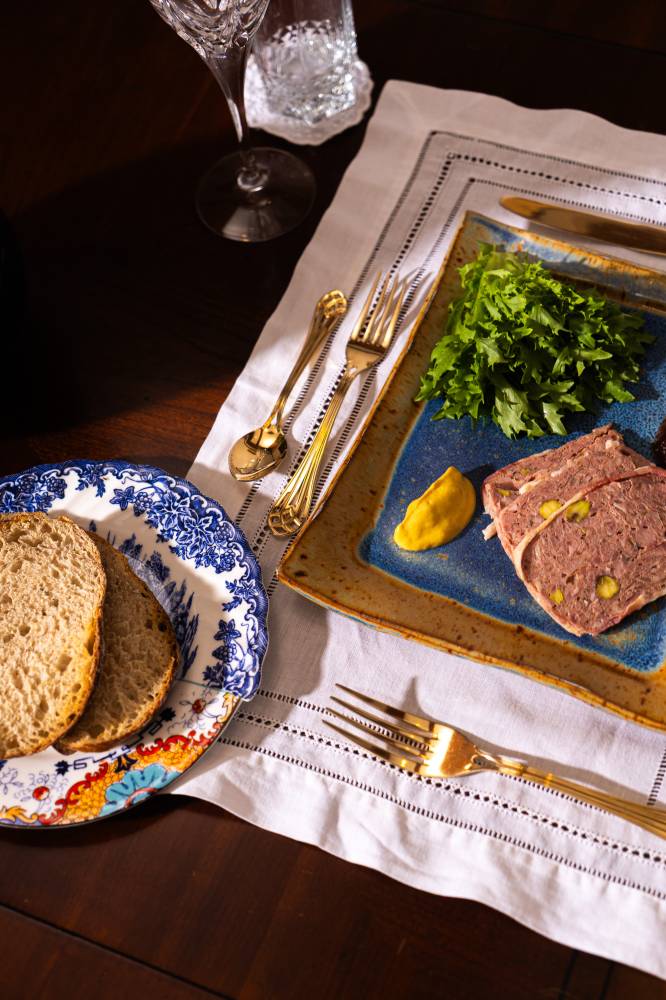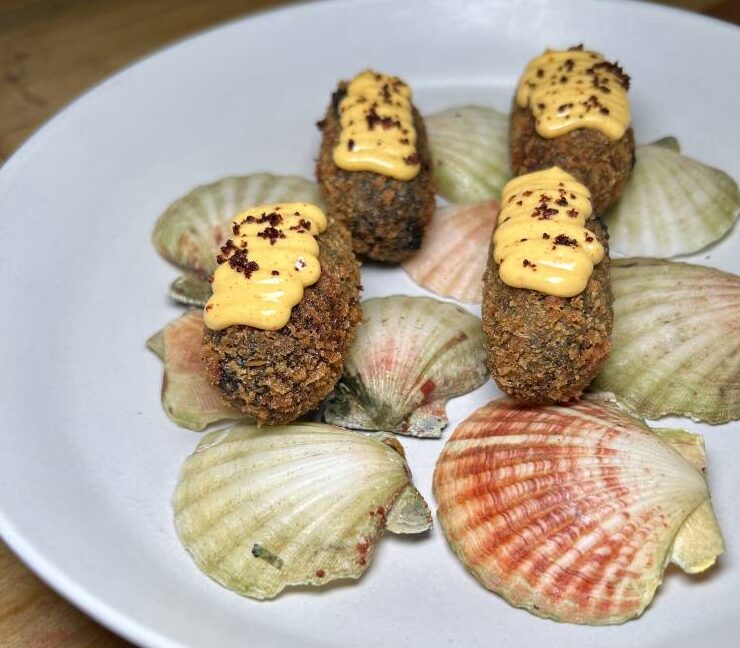Matters of the menu

A good meal begins long before the first bite. Menus are the quiet architecture of the table. The plan that shapes the experience, sets the pace, and ensures everyone leaves satisfied. They are more than lists of dishes, they are a form of hospitality and a way of saying, “I thought of you.”
Whether it is a child’s packed lunch, a family dinner or a celebration with friends, the same principle applies: know what you have and know who you are feeding. Thoughtfulness is the thread that ties the lunchbox to the long table.
Everyday dining: Making the ordinary feel special
In the rush of daily life, meals can easily become improvised affairs. Grabbing what is in the fridge, tossing it together, and hoping for the best. While spontaneity has its charm, a little planning can transform the daily table into a calmer, more intentional, and far more enjoyable ritual.
Start with a quick inventory. Open the refrigerator, freezer, and pantry. Note vegetables that need using, proteins ready to be defrosted, leftover food from the restaurant that can be reheated, and pasta that can anchor a meal. This small act reduces waste, sparks creativity, makes grocery shopping more efficient, and trains you to buy only what you need.
From there, sketch a daily menu. Assign dishes for each time of the day. Something simple, balanced, and realistic. Breakfast can be light—like a yogurt and fruit, morning snack, a sandwich. Lunch, a salad, and your choice of protein with dessert. Dinner, a hearty vegetable soup or a one-pot meal like sinigang na salmon with rice.
Consider creating a cycle menu. A rotating plan that repeats every week or two. Themes like Meatless Monday, Fish Friday or Soupy Sunday add rhythm to the week and streamline shopping. Once the menu is set, make a shopping list for what you are missing. This focused approach saves time, keeps spending in check, and ensures your kitchen is always ready.
Setting the table: Guided by the menu
In everyday dining, the menu guides how the meal is served, even at the simplest table. For a child’s lunchbox, think of how airplane food is presented.
A balanced menu and essentials like a clean napkin and the proper cutlery—such as a spoon, fork, and knife, and condiments in little containers that go with the dish—make eating more pleasant and even a little special. These small details encourage good habits and show care beyond just the food itself.

Event dining: Layers of consideration
When the occasion calls for gathering around a long table, the menu becomes part of the memory. Each choice sets the tone, from the first sip to the last bite.
Menus dictate not just the food, but how the table will be set and what style of dining will unfold. A plated multi-course dinner invites a formal table arrangement with the right glassware, cutlery, and precise timing. A family-style meal, by contrast, encourages a more relaxed, communal table with shared platters and casual service.
Begin planning with the occasion and the season in mind. A summer lunch might lean on crisp salads, chilled soups, and ripe fruit. The rainy season may call for comforting soup like arroz caldo. Seasonal produce tastes better, costs less, and subtly signals the mood of the gathering.
Then, consider the flow of the meal:
• Will there be an aperitif or cocktails before sitting down?
• How many courses will be served and in what sequence?
• Will service be plated, buffet-style, or family-style?
Traditional European dining, for example, often includes a pasta or risotto course (primo) before the main protein (secondo), followed by vegetables, cheese (pre-dessert), and dessert (grand dessert), like a slice of cake. Even a simplified version of this can bring elegance to a home table.
Decide early whether you will cook or hire a caterer. Cooking at home feels personal but requires organization and timing practice, especially for multi-course menus, so that everything feels effortless. Caterers offer professional ease but should be briefed carefully to align with your vision and protocols. For a personal touch, you may include your “signature” dish or something you made.
Above all, consider your guests. Dietary restrictions, allergies, and cultural observances are not just logistics. They are opportunities to show care. A vegetarian entrée, a nut-free dessert, or a gluten-free starter speaks volumes.
Balancing: Simplicity and variety
It is easy to overcomplicate menus, especially for special occasions. But abundance can overwhelm both guests and hosts. Elegance often lies in restraint. A focused sequence of flavors that complement rather than compete.
Think of the menu as a composition. The rich heat of a spicy beef caldereta with rice is perfectly tempered by the cool, creamy layers of a halo-halo, offering a refreshing contrast. Create space for each dish to shine.
The menu: An act of care
At its heart, menu planning is a quiet gesture of generosity. It anticipates needs, ensures comfort, and shapes a shared experience. It allows the host to be present. Not tethered to the kitchen, not flustered behind the scenes, but free to enjoy the company and conversation.
When done with intention, a menu becomes more than a plan. It becomes a memory in the making, an unspoken note of welcome that lingers long after the meal ends.
Menus are never just about food. They are about people—their tastes, their comfort, and their joy. Whether it is a lovingly packed lunchbox or a grand feast around a long table, when each guest leaves feeling full in both body and spirit, you know you have set a truly thoughtful table.
What’s on the menu?
Sample menus made easy for daily and special dinners
Daily Menu
Breakfast: vegetable frittata (made from leftover veggies), miche bread, butter and jam
A.M. snack: croissant and seasonal fruits
Lunch: roasted lemon, garlic, and rosemary chicken, caesar salad, and rice
P.M. snack: crudites with dip of choice or hummus
Dinner: sinigang na salmon sa miso, rice, and ice cream
Special dinner menu (8 to 10pax)
Cocktails: raclette and sausage station, paired with champagne
Appetizer: seared tuna nicoise
Mains: beef salpicao or steak, gambas ala plancha with aioli and paella verdura, and red wine
Dessert: chocolate cake and mango torte
Drinks: hot tea or coffee
Remember: A thoughtfully balanced menu and graceful table setting make every meal a pleasure, nourishing the body, pleasing the eye, and mindful of your budget.





















